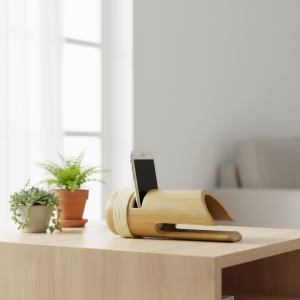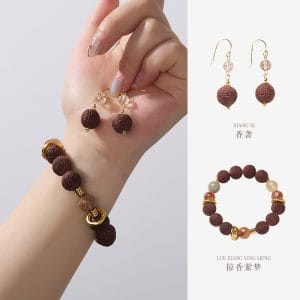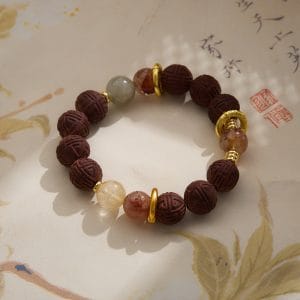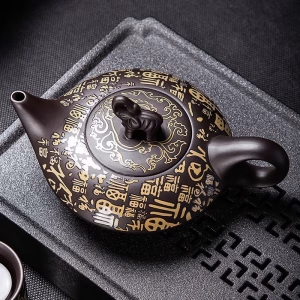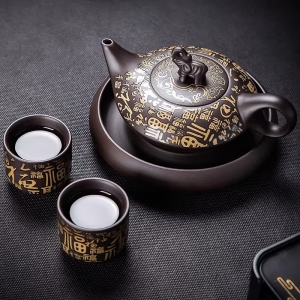Why Proper Care Matters for Handmade TreasuresTraditional handmade souvenirs carry cultural significance and artisan labor that mass-produced items simply cannot replicate. Whether it’s a hand-carved wooden figurine, delicate embroidery, or ceramic pottery, these pieces require thoughtful maintenance to preserve their beauty and structural integrity. Unlike factory-made goods, natural materials and traditional techniques often make these items more susceptible to environmental damage. The patina of age on a well-cared-for artifact tells its own story—one of respect for craftsmanship across generations.

Industry reports suggest that improper storage and handling account for around 6%–12% of preventable damage to cultural artifacts and handmade collections annually. This statistic underscores the importance of understanding material-specific needs. For instance, untreated wood may crack in dry conditions, while textiles fade under direct sunlight. The very qualities that make these objects valuable—natural pigments, organic fibers, traditional finishes—often make them more vulnerable than their synthetic counterparts.
Practical Preservation TechniquesBegin by identifying the primary materials in your souvenir. A handwoven basket demands different care than a lacquerware box. For textiles, periodic gentle vacuuming with a mesh screen prevents dust accumulation without stressing fibers. Wooden objects benefit from occasional beeswax applications in dry climates, while ceramics should be dusted with soft brushes to avoid microscratches. Always lift items by their sturdiest components—never by delicate appendages or decorative elements.
Environmental control plays a crucial role. Maintain stable humidity levels between 45-55% to prevent material expansion/contraction. Use acid-free tissue for wrapping and avoid plastic wraps that trap moisture. Display cases with UV-filtering glass protect against light damage while allowing appreciation. Remember that restoration attempts without proper training often cause irreversible harm; when in doubt, consult conservation specialists for valuable pieces.
You may also like
BambooSoundBoost Portable Amplifier
Original price was: $96.00.$66.00Current price is: $66.00. Add to cartHandwoven Zhuang Brocade Tote Bag – Large-Capacity Boho Shoulder Bag
Original price was: $178.00.$154.00Current price is: $154.00. Add to cartAncient Craft Herbal Scented Bead Bracelet with Gold Rutile Quartz, Paired with Sterling Silver (925) Hook Earrings
Original price was: $322.00.$198.00Current price is: $198.00. Add to cartAncient Craftsmanship & ICH Herbal Beads Bracelet with Yellow Citrine & Silver Filigree Cloud-Patterned Luck-Boosting Beads
Original price was: $128.00.$89.00Current price is: $89.00. Add to cartThe Palace Museum Paper-Cut Light Art Fridge Magnets: Chinese Cultural Style Creative Gift Series
Price range: $27.00 through $36.00 Select options This product has multiple variants. The options may be chosen on the product pageAladdin’s Lamp Heat-Change Purple Clay Tea Pot
Original price was: $108.00.$78.00Current price is: $78.00. Add to cart

